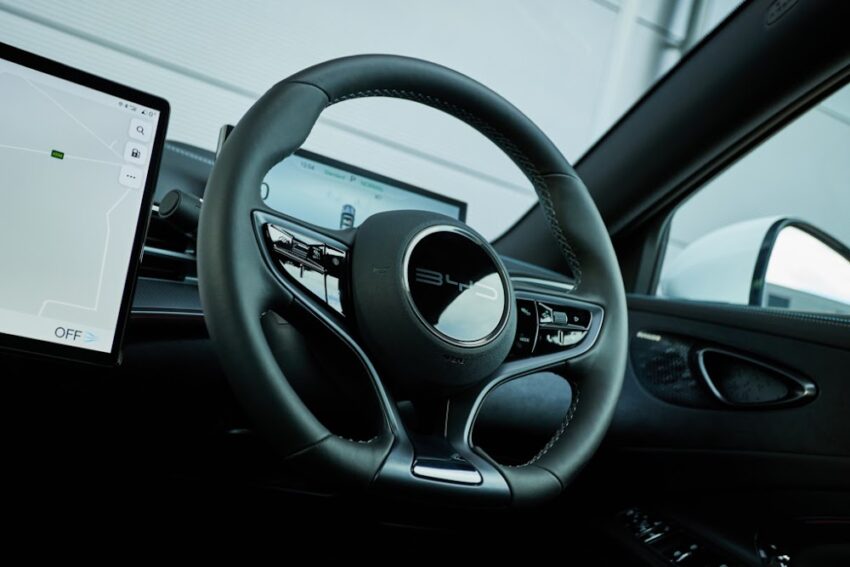China’s carmakers are outpacing foreign rivals in their push for assisted driving technology, eager to woo motorists hungry for rapid innovation.
However, Beijing has a nuanced message for its rising stars: move fast, but be careful.
Regulators this week have been finalising new safety rules for driver assistance systems as Beijing sharpens scrutiny of the technology after an accident involving a Xiaomi SU7 sedan in March. The incident killed three occupants when their car crashed seconds after the driver took control from the assisted driving system.
While Chinese officials want to prevent carmakers overselling the capabilities of such systems, they are also threading the needle between innovation and safety to ensure their carmakers don’t lose out to US and European rivals.
Setting clear regulations for assisted driving tech without slowing its advancement could give China’s industry an edge over global competitors, analysts said. The approach is in stark contrast to the US market, where companies pursuing autonomous cars have expressed frustration that the government has not implemented a regulatory system to validate and test the technology.
Markus Muessig, car industry lead at Accenture Greater China, said China’s regulators and industries have long followed former Chinese leader Deng Xiaoping’s “feel the stones to cross the river” philosophy. The expression means to steadily explore new, uncertain technologies, which “has proven very successful for this market”, he said.
Chinese regulations allow systems that automatically steer, brake and accelerate under certain conditions while requiring the driver to stay engaged. For that reason, marketing terms such as “smart” and “autonomous” are banned.
The new rules will focus on hardware and software designs that monitor a driver’s state of awareness and their capacity to take control in time.
